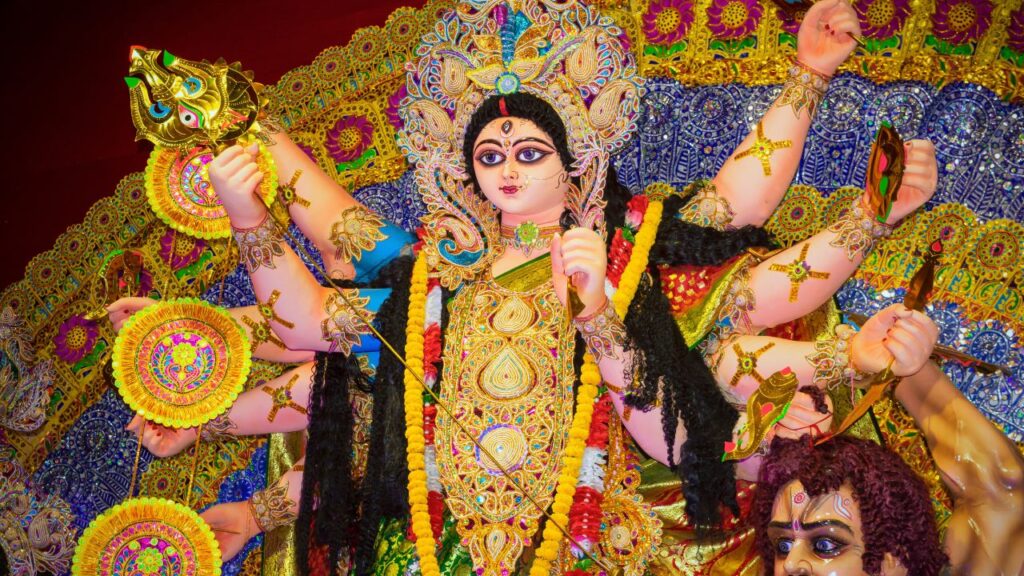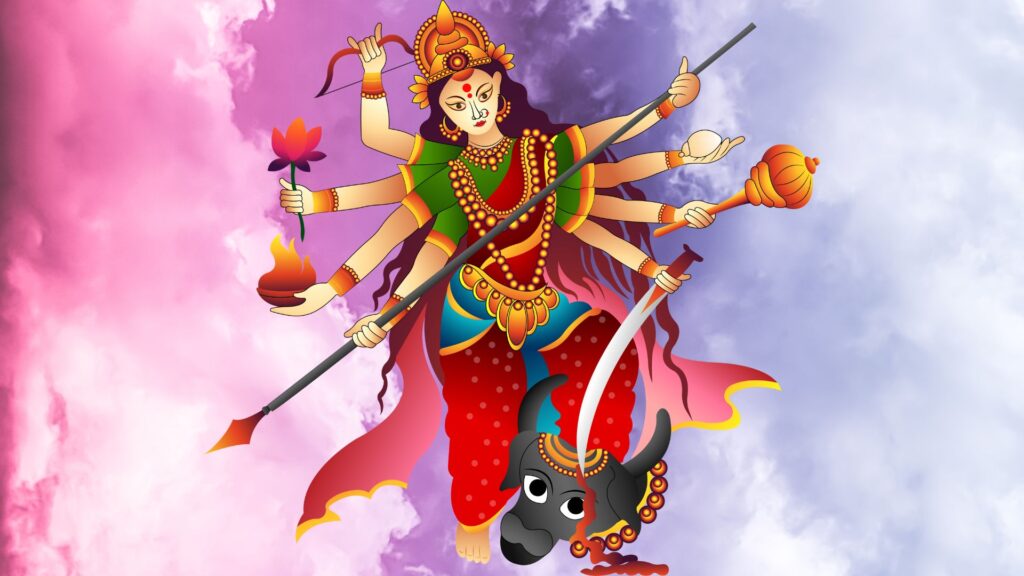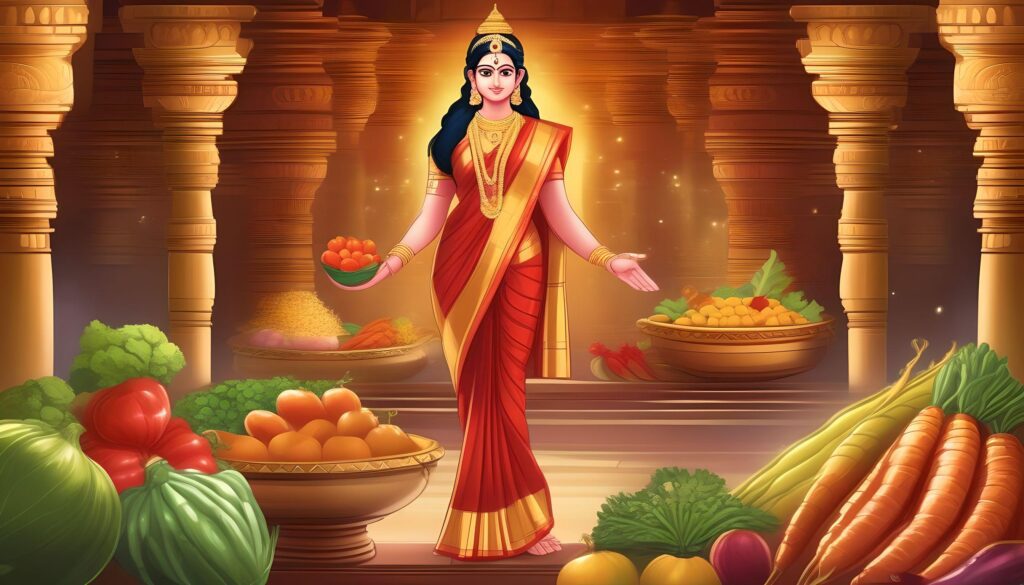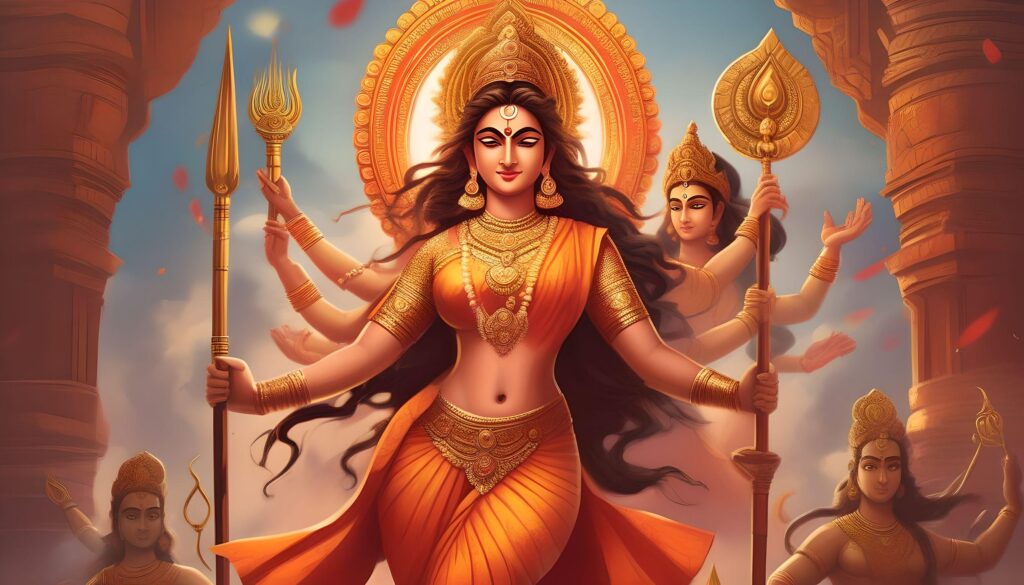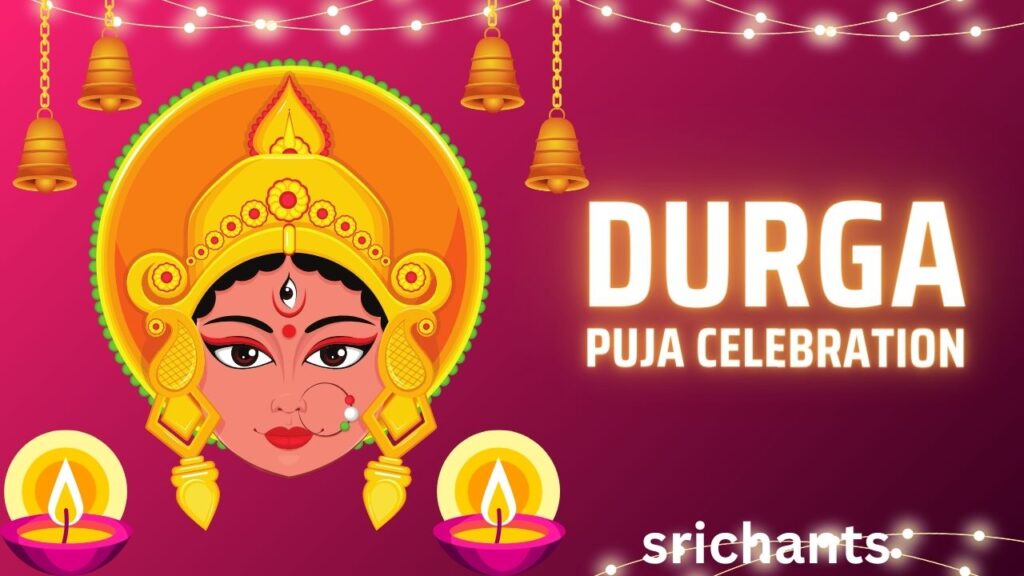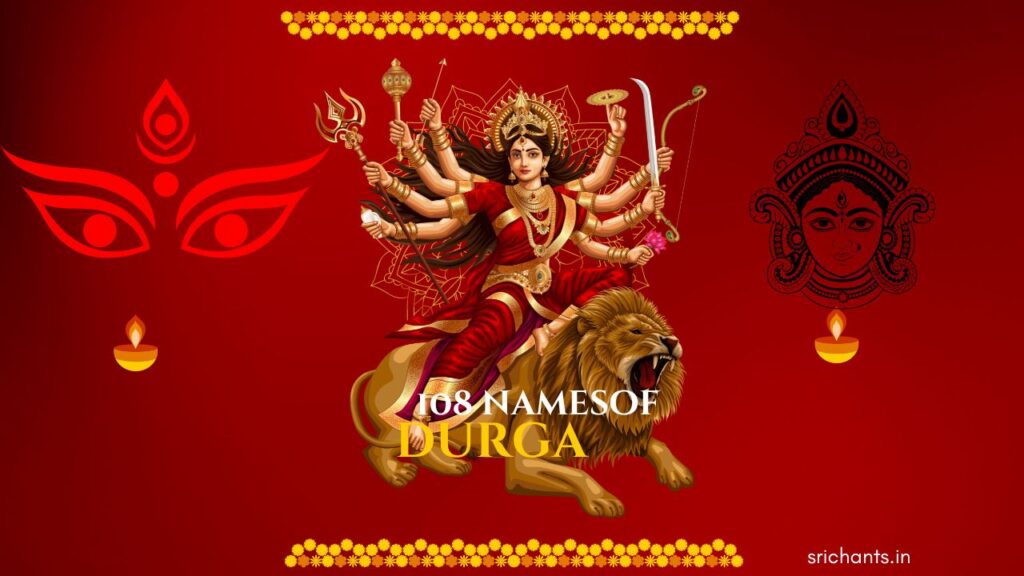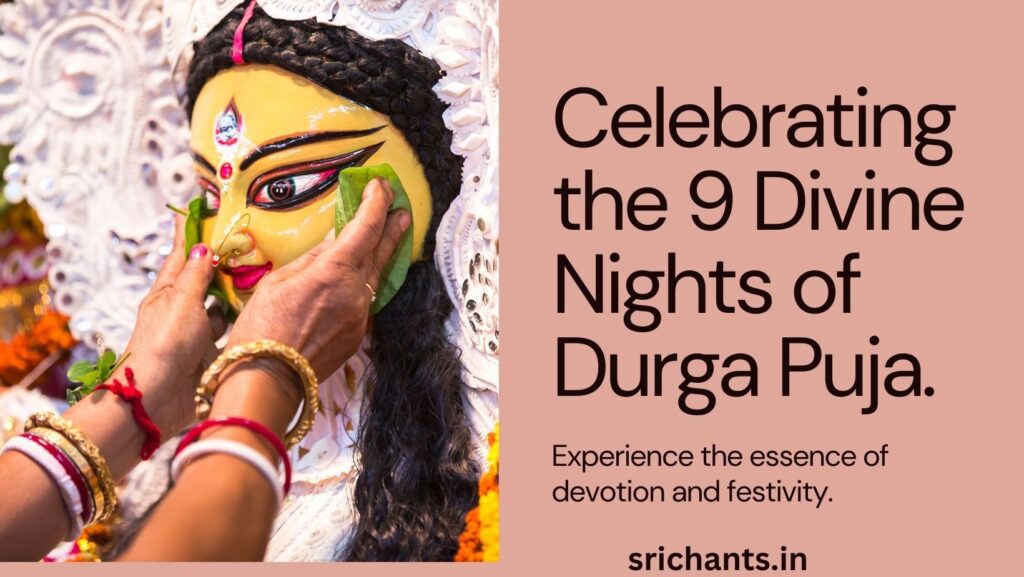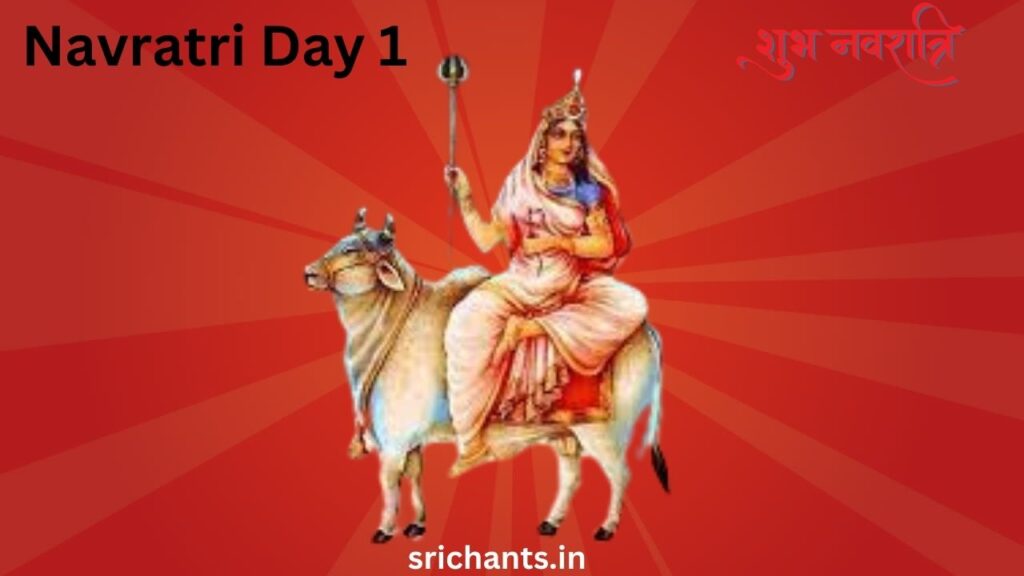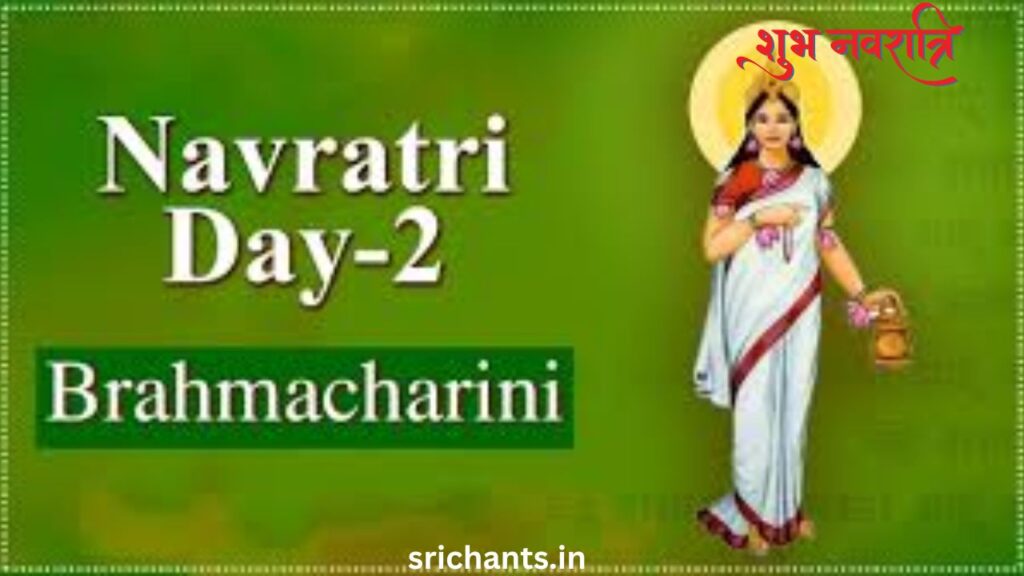Durga Stuti: An In-Depth Study
Introduction
Goddess Durga is revered as the embodiment of power, wisdom, and justice, and the Durga Stuti, a sacred Hindu chant, is a form of supplication offered to her. This article delves into the fundamental nature of Durga Stuti, its importance, and its impact on devotees across the globe.
Durga Stuti: The Basics
A potent collection of verses in honor of Durga Ma, Durga Stuti is believed to alleviate human anxieties and bring about prosperity and joy. It is a fundamental component of Durga Puja, a grand celebration that is primarily observed in the Indian region of Bengal. It is also practiced in a variety of other regions, each with its own local term and flavor.
The Bengali Belief
Durga Puja is not merely a religious event in Bengal; it is a cultural festival that transcends religious boundaries to become a community celebration. The mythological foundation of the festival is derived from the story of ‘Akalbodhan,’ the untimely awakening of Goddess Durga, as recounted in folklore and epics.
The Many Names of Durga
The Goddess is revered by a variety of names, with the 108 names of Durga being particularly significant. During Durga Puja, Navratri, and numerous other religious events, these names are chanted, each of which symbolizes a distinct aspect of the Goddess. They are also included in the Durga Sahasranamam, a hymn that enumerates a thousand names of the Goddess.
Durga Stuti: A Celebration of the Divine Feminine
Durga Stuti is a festival that honors the divine feminine, which is represented in a variety of ways by Durga. Some of these forms are symbolic of particular attributes or powers, while others are based on specific narratives from Hindu mythology.
Goddess Durga: The Divine Embodiment
The divine feminine and supreme power are embodied by the goddess Durga. She is reputed to have emerged from the collective energy of all Gods to defeat the buffalo deity Mahishasura, thereby symbolizing the triumph of good over evil.
Mata Temples in India
Throughout India, there are Mata Temples that are dedicated to the Goddess in a variety of forms. During Durga Puja and Navratri, these temples are significant centers of Durga worship, with special pujas (prayer rituals) being conducted.
Different Forms of Durga
Each of the numerous manifestations in which the Goddess Durga manifests has its own distinct symbolism and narrative. Specific rituals and prayers are affiliated with each of these forms, which are worshipped during various religious occasions.
The Durga Puja and Navratri
Goddess Durga is associated with two significant festivals: Durga Puja and Navratri. Durga Puja, a magnificent celebration dedicated to the Goddess, is primarily observed in Bengal. Navratri is a nine-day festival that is celebrated throughout India and is dedicated to the nine manifestations of Durga.
Durga Stuti: The Verses of Empowerment
With sincerity and devotion, believers recite Durga Stuti, a potent collection of verses. The following are a few of the passages from the Durga Stuti, along with their English translations:
- “Yaa Devii Sarva Bhooteshu Vishnu Maayethi Sabdita, Namastasyai Namastasyai Namastasyai Namo Namaha” – I offer my respects to the Goddess, who resides within all living beings in the name of Maya of Vishnu.
- “Yaa Devii Sarva Bhooteshu Buddhi Roopena Samsthita, Namastasyai Namastasyai Namastasyai Namo Namaha” – I offer my undying respect to the Goddess, who resides in the intelligence of all organisms.
- “Yaa Devii Sarva Bhooteshu Shakthi Roopena Samsthita, Namastasyai Namastasyai Namastasyai Namo Namaha” – I offer my undying respect to the Devi, who resides in all creatures in the form of Shakti, the creative power.
It is believed that those who recite these verses with a pure heart will receive favors and protection, as they are held in high regard for their profound meanings.
Conclusion
Durga Stuti is a fundamental component of the worship of Goddess Durga, capturing the profound reverence and love that devotees have for the divine feminine. It is a testament to the enduring force of faith, the potency of prayer, and the profound spiritual connection that individuals can experience through religious practice.
We trust that this article has offered you valuable insights, whether you are a devotee who is interested in investigating diverse spiritual traditions or a devotee who is seeking to deepen your understanding of Durga Stuti.
